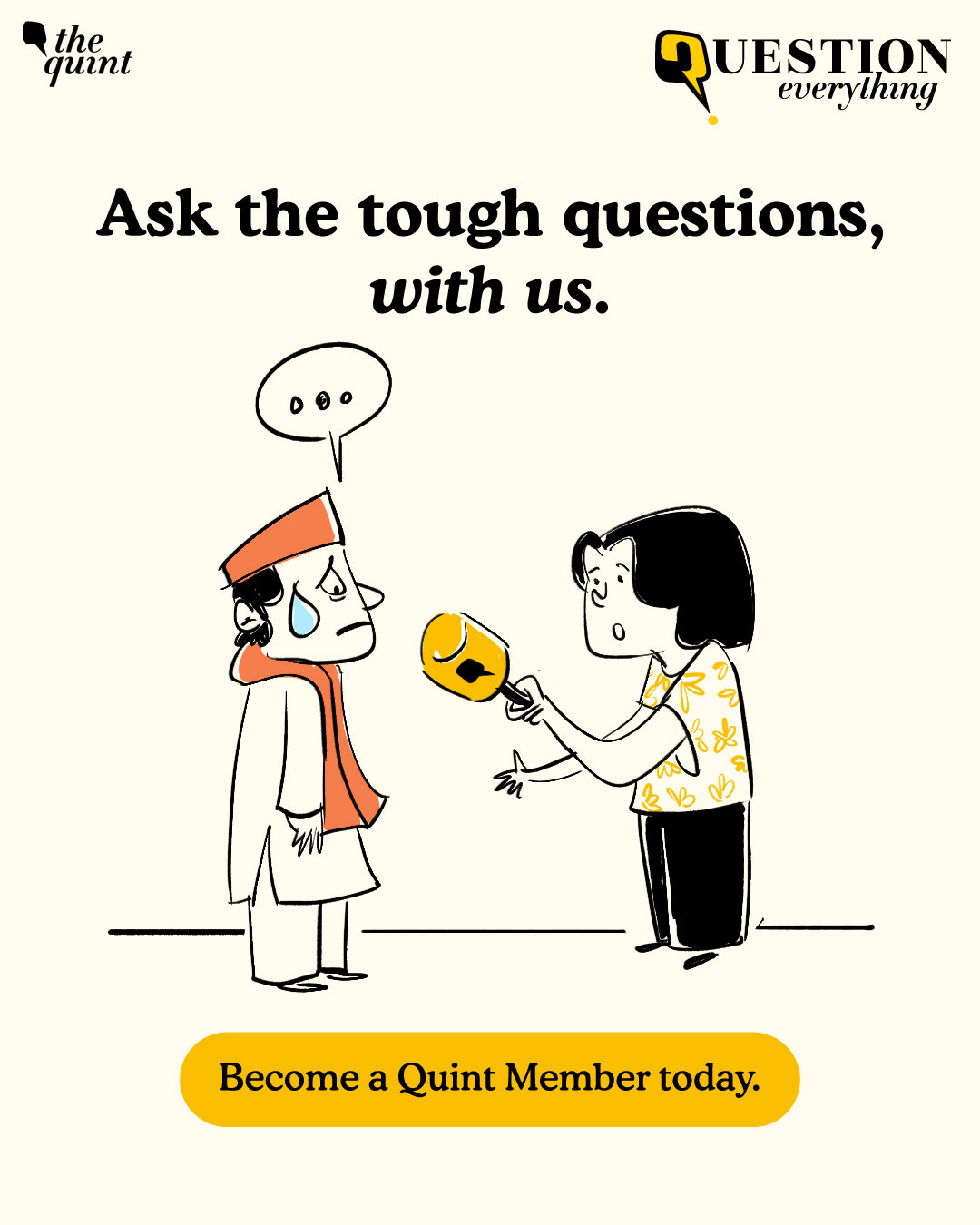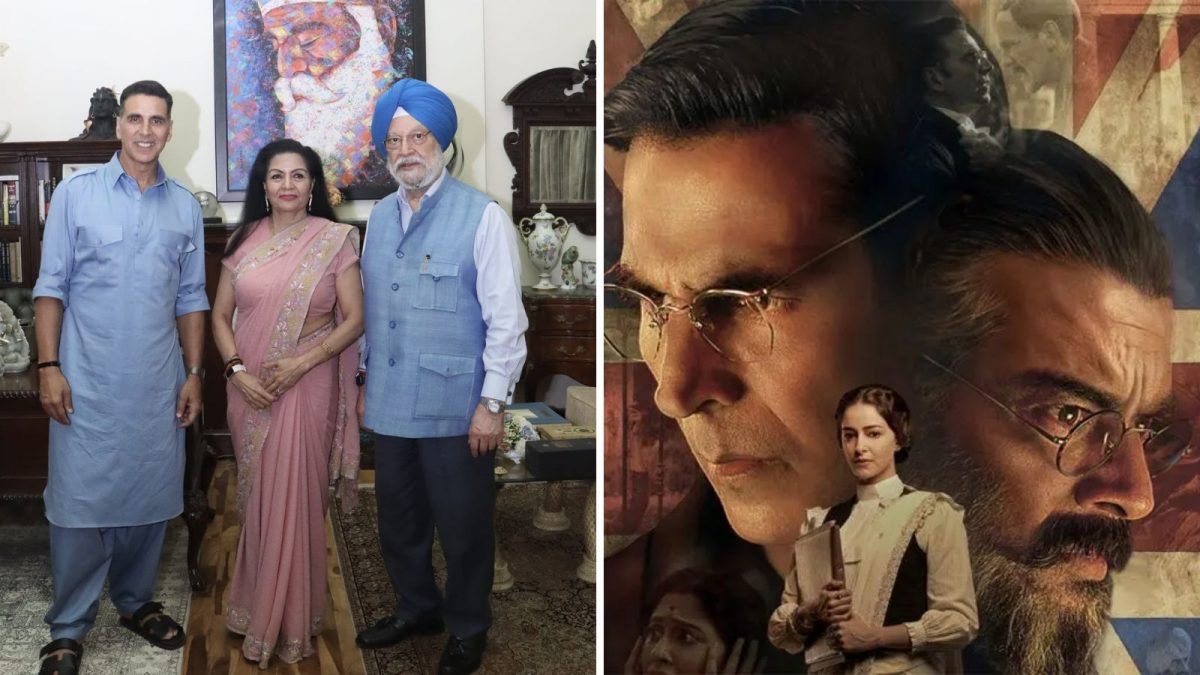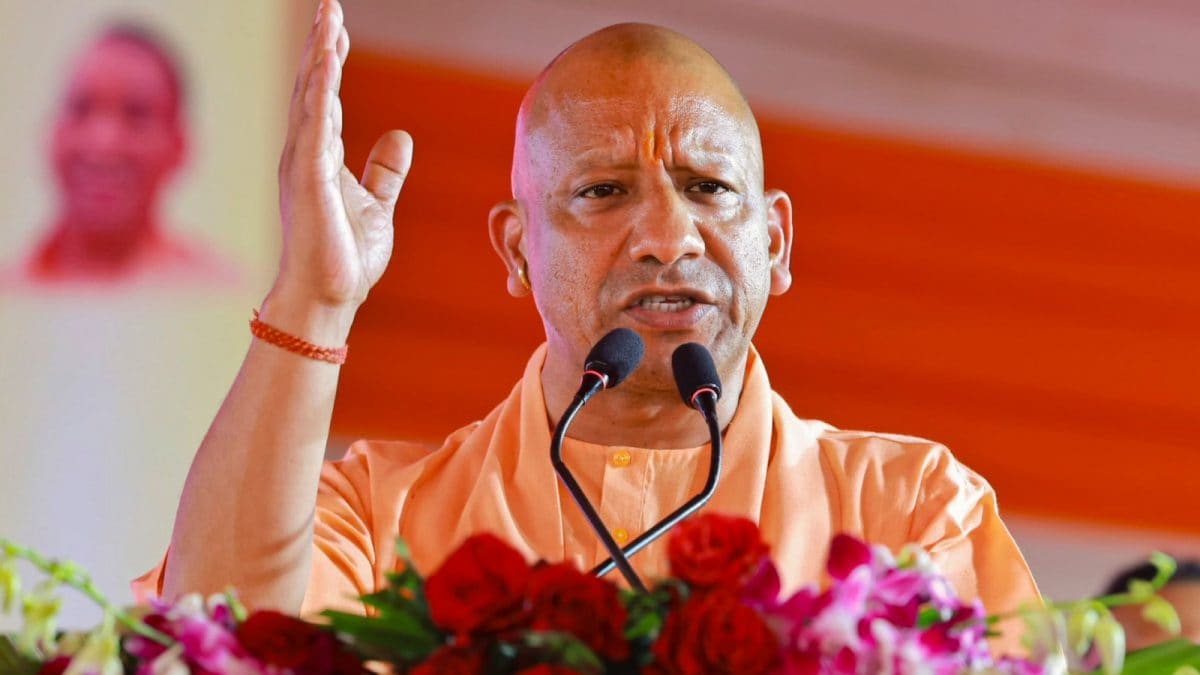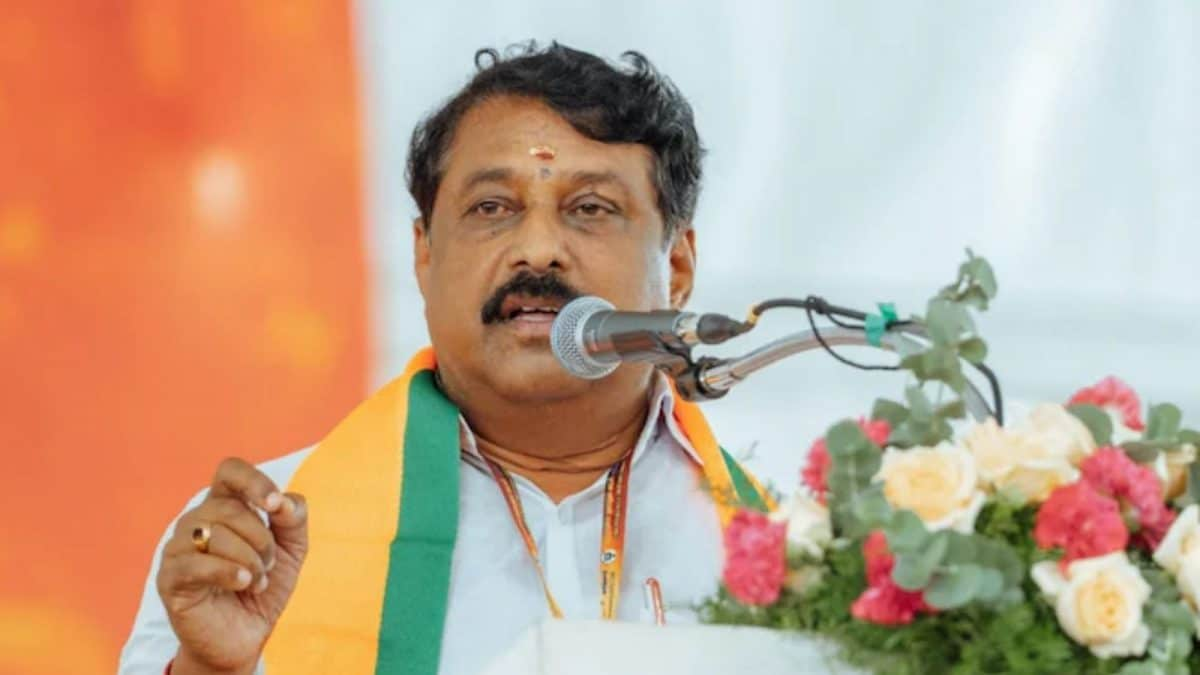By: ESHWAR
A narrow lane in Nagpur’s Chitnis Park, with a majority of Hindu residents, was quieter than usual. At the start of the lane, on the main road, a few policemen had been stationed in front of some houses. A knock on the first few doors proved futile, with most expressing a similar sentiment — “Je jhala tey jau dya, aata tyachyabaddal nahi bolaycha” (let bygones be bygones, let’s not speak of it anymore).
Most pointed to the house of the Shirkes, just 50 metres inside the lane. It was an understanding among the residents that if any mediaperson wanted to talk about the communal riots of 17 March, Datta Shirke would speak on everyone’s behalf.
Just four weeks ago, on 17 March, Shirke, along with several other families from the lane, had gathered at the iconic Shivaji Maharaj Statue Chowk — just 200 metres away — to witness the Shivaji Jayanti celebrations, as they do every year. But something unexpected happened.
A group of locals from the Muslim community came face-to-face with the police at around 7:00 pm and resorted to sloganeering. As the police dispersed them after much altercation, many allegedly vandalised shops in the nearby lanes, pelted stones at homes and restaurants, and clashed with the police.
This happened just a few hours after an effigy of Aurangzeb was burned by protesters from the Bajrang Dal and Vishwa Hindu Parishad (VHP), along with a green chadar that was claimed to have holy Quranic inscriptions.
The lane in Chitnis Park where Shirke lives was one of the worst hit, with TV news channels standing in front of a charred car for several days following the unrest. The stains of black smoke still remain on the wall of the house it was parked by.
For decades, Hindus and Muslims at Shivaji Maharaj Chowk coexisted peacefully — celebrating festivals, running businesses, and sharing meals. But the 17 March violence unravelled that delicate fabric.
Since the communal clashes, a man beaten by a mob has died, police crackdowns have intensified, and many are still being arrested by the Nagpur police.
Over five days, The Quint travelled across the violence-hit pockets of Nagpur — from Chitnis Park and Gitanjali Chowk to Bhaldarpura — to piece together five dominant narratives that now define a city still reeling from its darkest hour in recent history.
*Already a member of The Quint? What a star! Your support empowers us to question everything.
Want us to cover a story? Write to us at editor@thequint.com or reply to this email.











